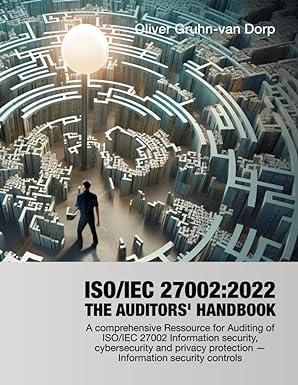Evaluation skill: Evaluation is associated with the ability to judge the value of material for a given purpose. The judgements are to be based on definite criteria. These criteria may be determined by relevance, purpose, statements, and numerical values of calculations. Please watch the video clips provided on Evaluating Logic Part 1, 2 and 3 Read the following vignette carefully and answer questions using the evaluation skill. Emily Smith just received a promotion at work that increased her annual salary to $42,000. She is eligible to participate in her employer's 401(k) retirement plan to which the employer matches, dollar for dollar, workers' contributions up to 5% of salary. However, Emily wants to buy a new $25,000 car in 3 years, and she wants to have enough money to make a $10,000 down payment on the car and finance the balance. Fortunately, she expects a sizable bonus this year that she hopes will cover that down payment in 3 years. A wedding is also in her plans. Emily and her boyfriend, Paul, have set a wedding date two years in the future, after he finishes medical school. In addition, Emily and Paul want to buy a home of their own in 5 years. This might be possible because two years later. Emily will be eligible to access a trust fund left to her as an inheritance by her late grandfather. Her trust fund has $80,000 invested at an interest rate of 5%. Justify Emily's participation in her employer's 401(k) plan using the time value of money concepts by calculating the actual annual return on her own contributions. She will contribute $1,000 per year to her 401(k) for 25 years and the employer will match dollar for dollar. Assume that her 401(k) cams 6% per year for 25 years and all contributions are made at the end of each year. Calculate the amount of money that Emily needs to set aside from her bonus this year to cover the down payment on a new car, assuming she can earn 4% on her savings. What if she could earn 10% on her savings? What will be the value of Emily's trust fund in 36 years, assuming she takes possession of $20,000 in 2 years for her wedding, and leaves the remaining amount of money untouched where it is currently invested? Suggest at least two conditions that Emily and Paul could take to accumulate more for their retirement







